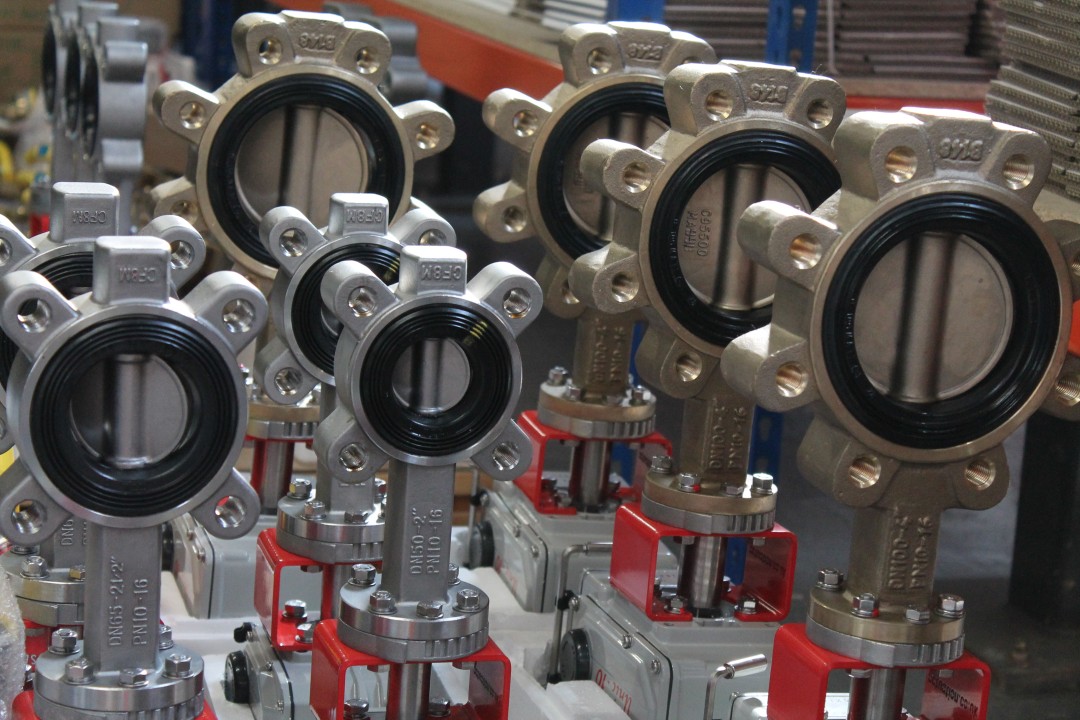


Precise control is central to complex systems across industries. For processes requiring automated flow or positioning, valve actuators are critical in regulating variables like pressure, temperature, and flow rates. Whether controlling steam, gases, liquids, or slurries, accurate and repeatable valve operation is imperative for safety, efficiency, and performance. As advancements in digital control and materials drive the demand for finer modulation and tighter dead bands, the role of actuators has grown increasingly sophisticated.
This article explores the technologies powering modern valve actuators and how they enable optimized process control through features like partial-stroke testing, digital communications, and embedded diagnostics. We will outline the actuator architectures commonly applied in industries like oil and gas, power generation, water treatment, etc.
Actuators play a crucial role in automating various systems and processes across industries. These devices convert electrical energy or any other input form into mechanical action, which regulates the operation of other components within the system. Valve actuators are the most widely used type of actuator, responsible for controlling the flow of fluids or gases through pipelines, tanks, and other conduits.
They come in various shapes and forms, each with specific functions and features that make them suitable for different applications. For instance, some valve actuators use hydraulic power, while others rely on electric motors or pneumatic systems. Additionally, these devices can be classified into linear or rotary actuators depending on their motion type. Understanding actuators’ different types, functions, and applications is essential for designing and optimizing automated systems for industrial and commercial settings.
One of the most significant advancements in valve actuation has been the rise of electric actuators. Electric actuators utilize digital technology, including microprocessors and sensors, to control valve operation precisely. By replacing traditional mechanical components with electronic ones, these actuators offer increased accuracy and flexibility, making them ideal for applications that require precise positioning and modulation.
Electric actuators also enable partial-stroke testing, where the valve is only opened to a predetermined angle to confirm proper operation without affecting process flow. It reduces maintenance and downtime while ensuring safe and efficient operations. Furthermore, with embedded diagnostics and digital communications capabilities, electric actuators provide real-time data on valve performance, allowing for predictive maintenance and improved process control.
Several factors must be considered when selecting an actuator for a particular process to ensure optimal performance and efficiency. These include the torque required to move the valve, the operation speed, and the actuator’s durability in harsh environments.
The torque requirement is determined by the size and type of valve and any resistance or friction within the system. A higher torque actuator will be needed for larger or more resistant valves, while smaller valves may only require a lower torque actuator. The speed of operation is also critical, as some processes may require quick valve response times for safety or efficiency reasons.
Finally, the actuator’s durability must be considered, especially in harsh environments where exposure to extreme temperatures, chemicals, or moisture can affect its performance. Choosing an actuator with appropriate materials and protection measures will ensure a longer lifespan and reduced maintenance costs.
Feedback mechanisms are crucial to achieving the highest level of precision in valve control. Position sensors play a significant role in providing accurate and real-time information on valve position, allowing for precise adjustments to maintain desired process variables. These sensors can be integrated into control loops, enabling the actuator to make continuous adjustments based on the sensor’s output.
Various types of sensors are used in valve actuators, including potentiometers, encoders, and linear variable differential transformers (LVDTs). Each has its advantages and limitations, making selecting the suitable sensor for a particular application essential. With advancements in sensor technology and their integration into control systems, the accuracy and reliability of valve actuation have greatly improved.
As automation continues to evolve, so do valve actuators. Smart actuators are the next step in the evolution of these devices, incorporating advanced technology like artificial intelligence and machine learning to enable self-adjustment and predictive maintenance. These capabilities improve process control and reduce downtime and maintenance costs.
Smart actuators can also communicate with other devices and systems within an industrial network, creating a more intelligent and interconnected system. It opens up possibilities for remote monitoring, control, and optimization of processes, enhancing efficiency and productivity. With the potential to revolutionize industrial automation, smart actuators are an exciting development to watch in the coming years.
Integrating digital technology and data analytics in valve actuators has paved the way for a continuous improvement mindset in industrial automation. By leveraging real-time data, companies can now implement preventative maintenance strategies and condition-monitoring techniques to identify potential issues before they become significant problems.
This proactive approach reduces downtime, repairs, and replacements, resulting in significant business cost savings. Additionally, data analytics can provide insights into system performance and efficiency, allowing for continuous optimization and improvement. By embracing this mindset, companies can stay ahead of the competition and improve their bottom line.
Valve actuators have come a long way from their mechanical origins, with digital technology transforming how they operate and integrate with automated systems. The rise of electric actuators, sensor technology advancements, and the emergence of smart actuators all contribute to improved efficiency, control, and reliability in industrial processes.